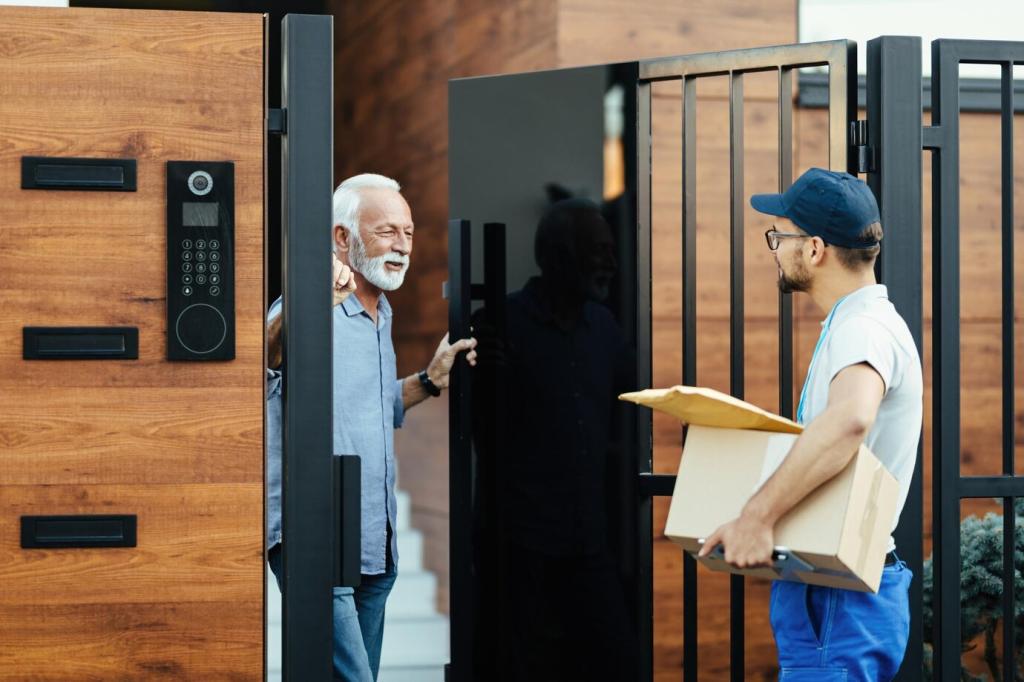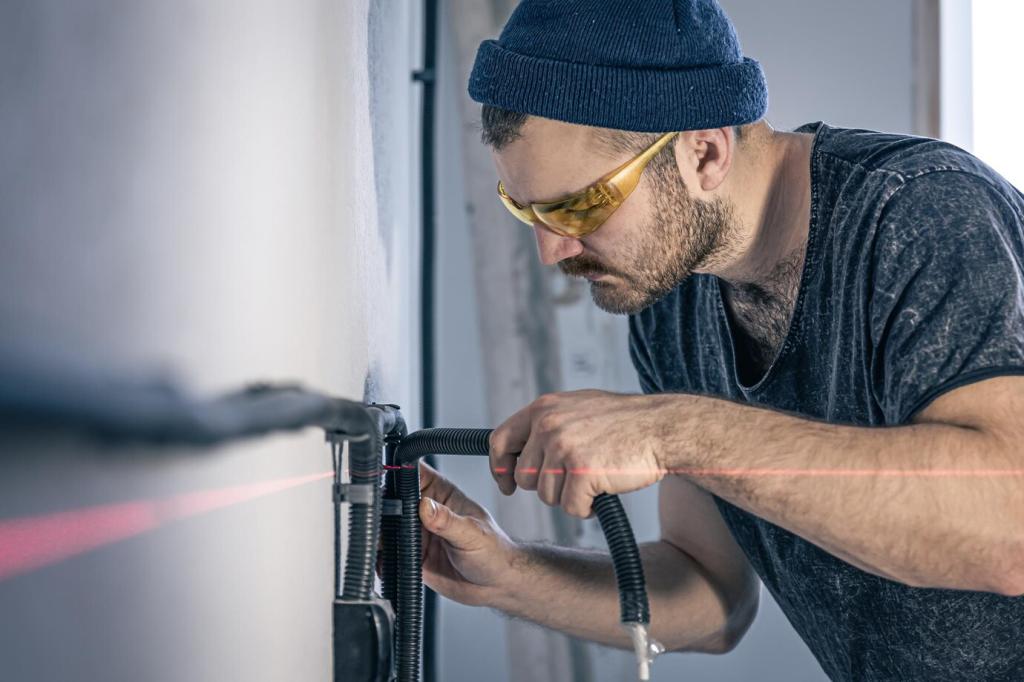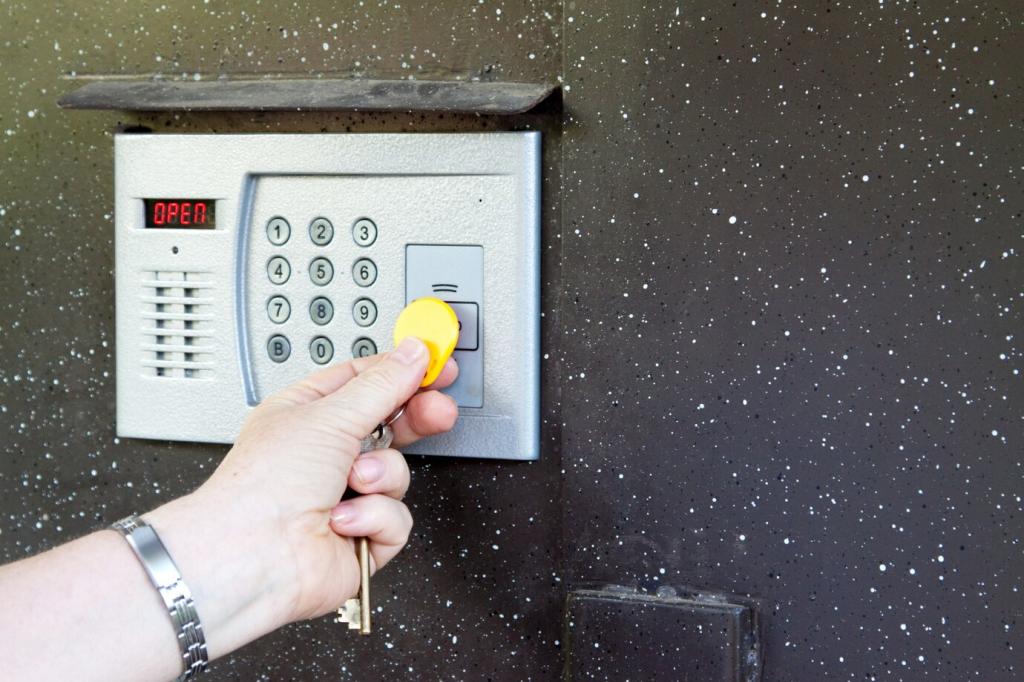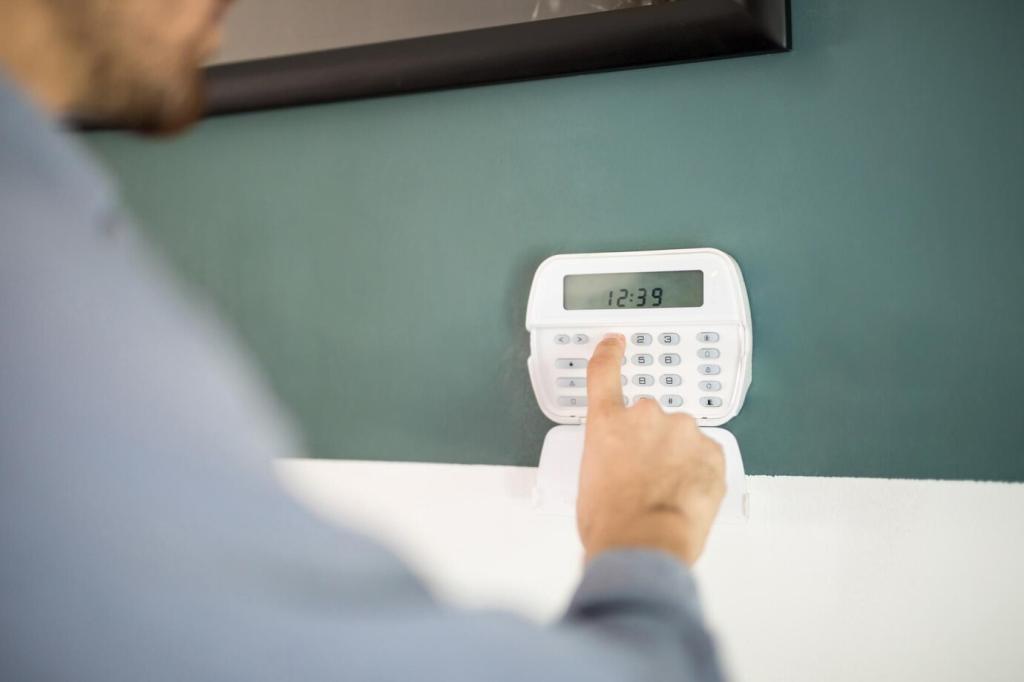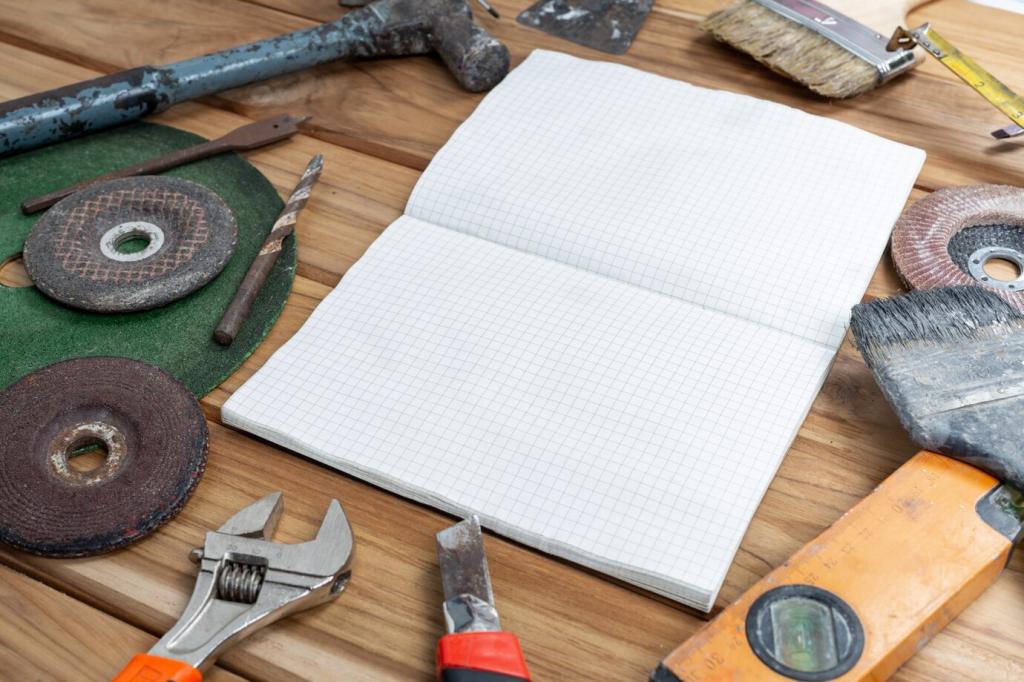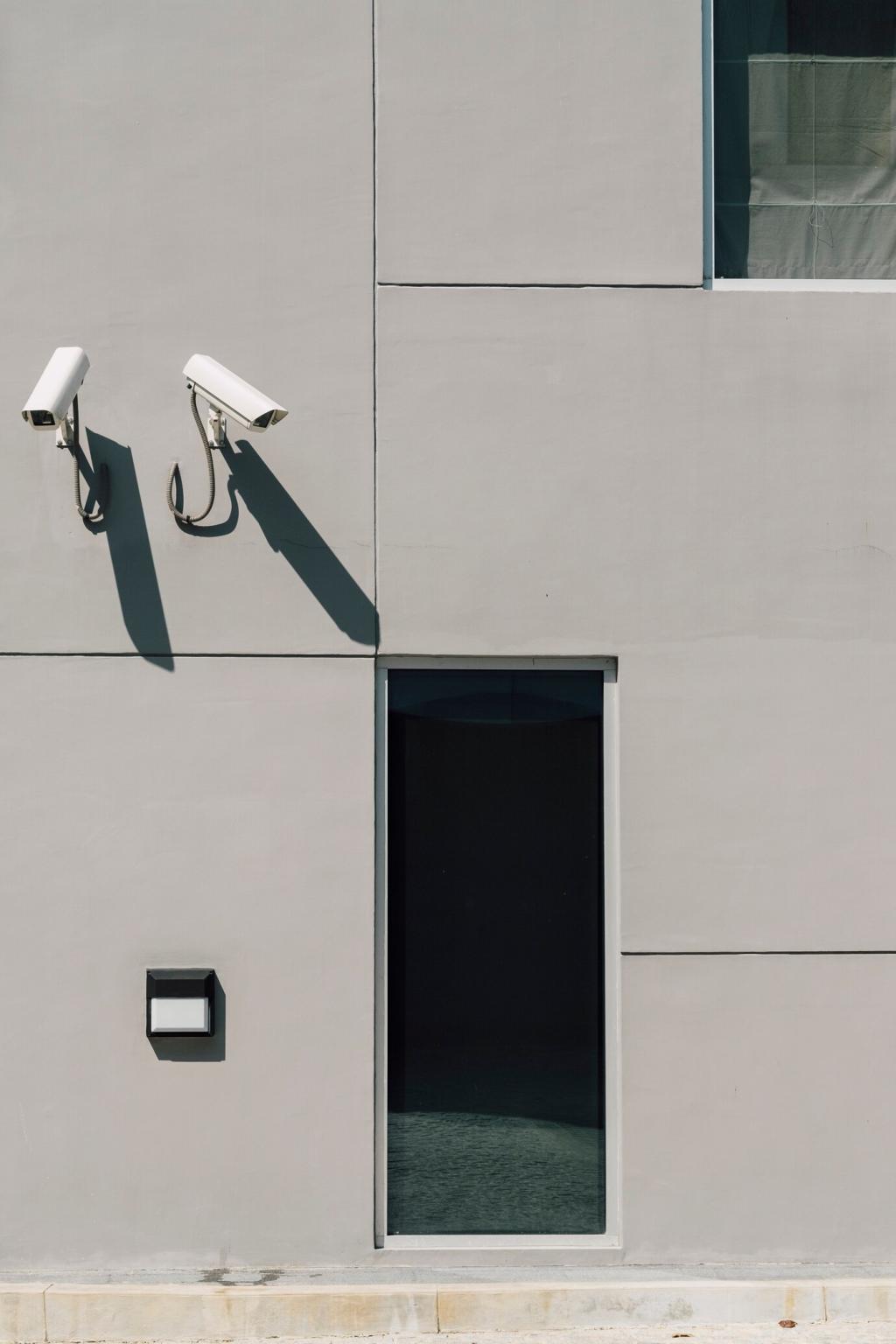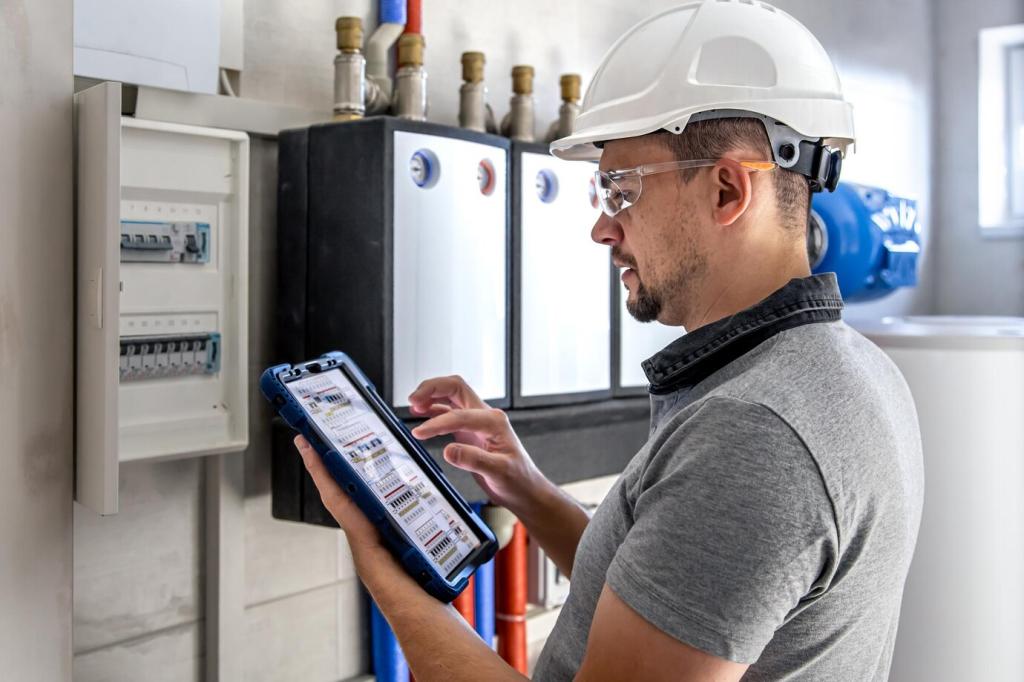Human Errors With Codes and Keys
Factory codes circulate widely. Replace them on day one and record the new code in a secure, separate location. Avoid birthdays or repeating patterns. Build a mnemonic you can recall under stress without writing it on the back of the safe.
Human Errors With Codes and Keys
Hiding the override key in the same room—especially nearby drawers—negates the lock. Store backup keys offsite or in a different locked container. Tell one trusted person where it is, and practice a calm retrieval plan together.

